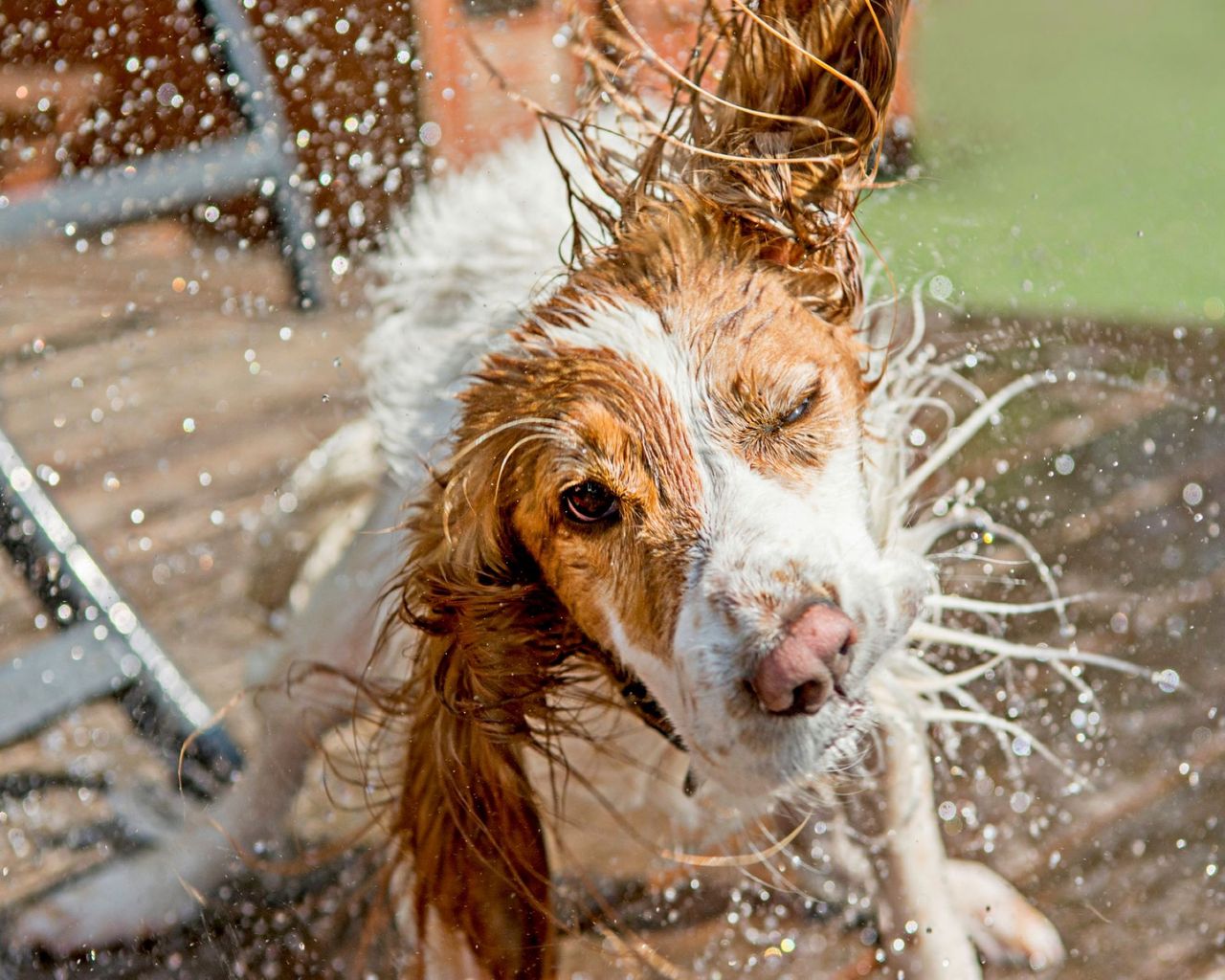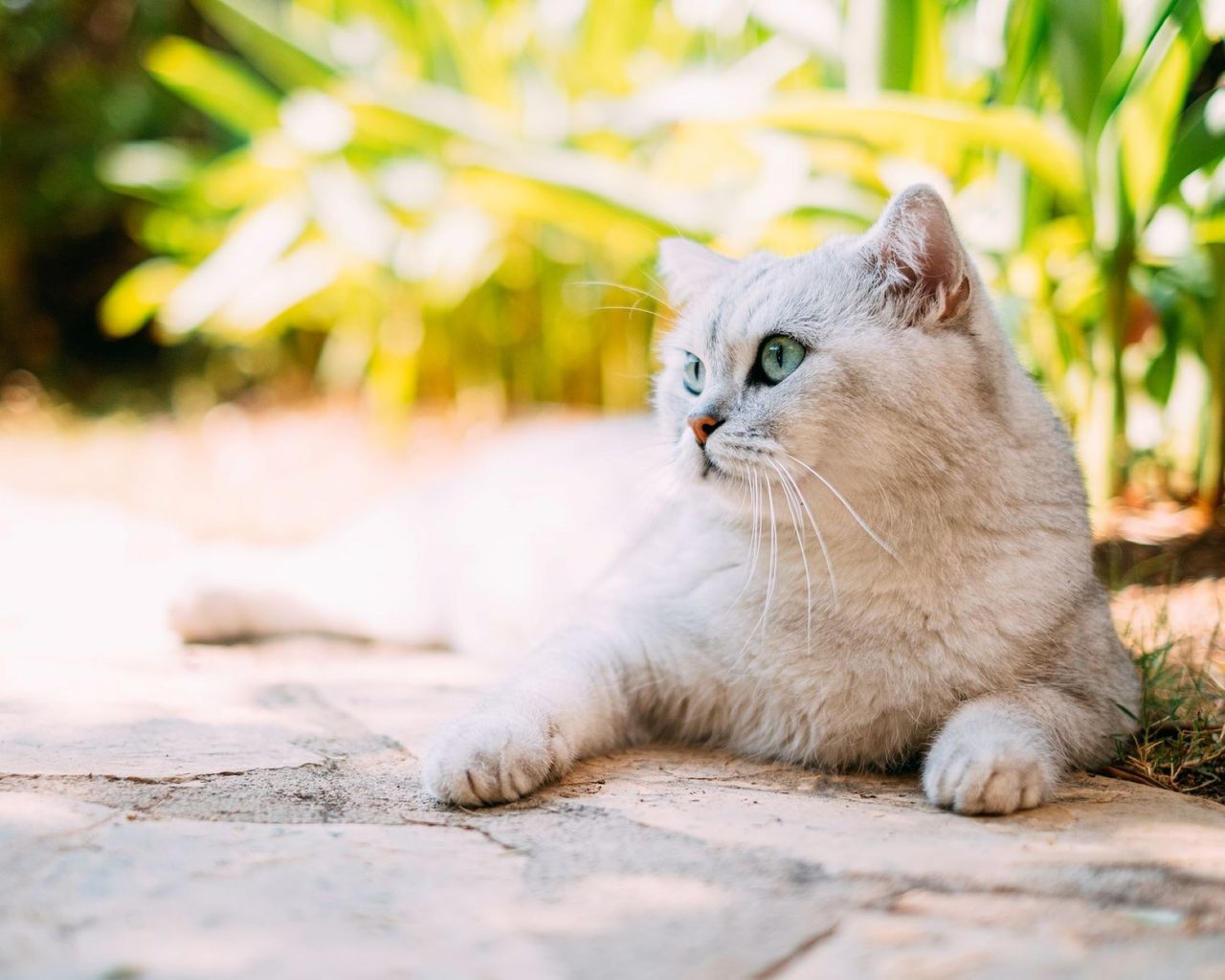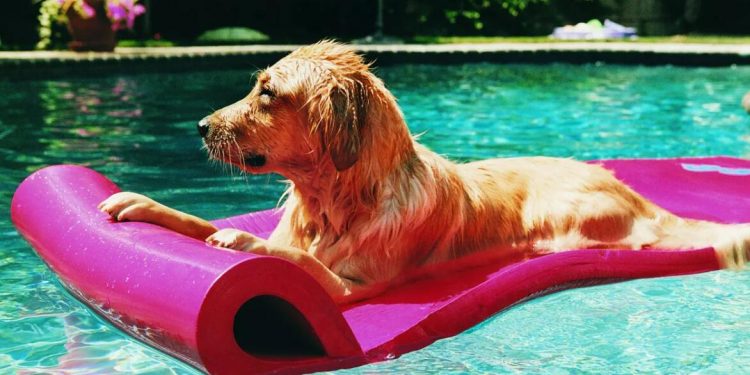Knowing how to keep pets cool in summer is a must for any responsible pet owner. As temperatures begin to climb, our pets can really suffer in the summer heat, particularly in areas that are seeing truly scorching, record-breaking temperatures.
You may be seeing that your pet is shedding more hair than usual (fortunately, there are the best vacuums for pet hair to take care of that issue), or that they’re drinking a lot of water and eating less. But apart from accommodating your dog or cat’s natural seasonal behaviors, there are a few more things that you can do to make the hot season more comfortable for them.
HOW TO KEEP PETS COOL IN SUMMER
1. AVOID HOT SPACES – THINK BEYOND HOT CARS
Thinking about all the rooms in your home is crucial here. Dr. Linda Simon, a veterinary surgeon*, tells us that ‘while most owners are aware of the dangers of leaving pets in hot cars, not all owners understand the danger posed in their own home and yard.’
As a general rule, if a room has glazing on the sunny side or is all glass, like a conservatory or orangery, it will likely get too hot for your pet on hot summer afternoons. The same applies to garden rooms that have large windows. Try to restrict access to these rooms during the hottest hours, between 11-3 pm and be sure to keep rooms cool as much as possible with the best fans and more clever tricks.
2. OFFER PLENTY OF WATER
This may seem like an obvious point, but providing your pet with plenty of fresh, cool drinking water is essential. For dogs, Simon recommends offering ‘ice cubes and dog-safe ice lollies’, or even freezing their chew toys. It goes without saying, that water should always be clean and changed regularly.
Cats can be particularly fussy customers and will sometimes refuse water from a bowl even when thirsty. can be a good solution. You can also try leaving multiple bowls of water to see if they prefer a particular spot for drinking.
3. KEEP YOUR HOME COOL
You’re probably already doing this as humans are even more sensitive to high ambient temperature than dogs and cats. However, if you don’t notice the heat as much, you should still try to keep your home cool, ideally around 80 degrees, to keep your pets comfortable. Simon points out that ‘this is especially important for those with long coats and breeds not used to the heat, like the Malamute and Siberian Husky. A cooling mat(opens in new tab) or cooling vest works well when the home is hotter than you would like.’
It also may be worth investing in the best portable air conditioner to keep the ambient temperature down.

4. WALK DOGS IN THE MORNING AND EVENING
Keep your pooch indoors during the hottest daytime hours; instead, to make daily walk pleasurable for both you and your dog, walk them in the morning and in the evening. According to Simon, ‘the best time to bring a dog for a walk is in the morning, before the sun has warmed the ground. In summer, the asphalt can get so hot it can even burn paw pads. If you cannot comfortably hold your hand flat on the ground for 5 seconds, it is too hot for your pooch.’
5. AVOID OVER-ENERGETIC PLAY WHEN IT’S HOT
‘It is usually okay for your dog to exercise outside when the temperature is 70 degrees or less. When it is very hot or humid, your dog doesn’t need much exercise and won’t be able for it. Instead of hikes or runs, stick to ‘find it’’ games in the garden and fun with the paddling pool. Ensure they always have shade to go under and access to fresh water.’
The same goes for cats, especially young kittens. While an older cat is unlikely to engage in play with you when they’re hot anyway, kittens have a lot of energy and are best kept indoors when it’s very hot.

6. SUNSCREEN IS NOT JUST FOR HUMANS
If your cat or dog has a light coloring and likes playing outside in the sun, you will need to apply sunscreen to their ears. They can get skin cancer from UV radiation, just like humans. There are a few different).
7. KEEP YOUR CAR COOL
Dr Simon advises against leaving your dog in a car for any length of time during the summer months.‘ If you’re traveling, make sure the car is kept cool by running the AC for a little while before you leave and opening the windows enough to allow some cooler air in.
You can also lay a cool mat(opens in new tab) on the seat for your dog to lie on whilst you travel to your destination. ‘Of course, it goes without saying, this option should only be used if your dog is still able to be properly strapped in.’
8. GROOM PETS REGULARLY
If your dog goes in for a haircut, now is the perfect time to do it. ‘As the weather heats up, getting your dog in for a good groom is a good way of removing all excess hair and will aid in keeping them cooler in the summer sun.’
If you don’t tend to take them for a haircut as such, giving them a good brush is very beneficial. This also goes for cats, many of whom really enjoy a good brush.
Top tip: Do avoid harsh brushes with metal bristles – instead invest in a Zoom Groom(opens in new tab). It is made from silicone and won’t irritate your pet’s skin.
HOW DO I KNOW IF MY PET IS TOO HOT?
It is quite easy to tell when your dog is overheated. Dr Simon recommends watching out for ‘panting, glazed eyes, red gums and a reluctance to run.’ Melissa M. Brock
Board-Certified Veterinarian at Pango Pets(opens in new tab), also says that, in more severe cases, you may see ‘ vomiting, diarrhea (more than usual), increased heart rate (over 100 beats per minute), and lethargy or weakness, seizures or unconsciousness.’ Of course, it is best not to let your pet get to that stage, but if it’s happened, for whatever reason, take them to a vet immediately.
Cats can be trickier. They have evolved not to show pain or illness, so they may seem normal when they’re actually not feeling well. The best way to tell if your cat is too hot is to check if they’re dehydrated. To check a cat for dehydration:
- Check their nose and gums. Both should be moist.
- Do the skin pinch test: take a small area of skin on your cat’s neck and gently pinch it. In a well-hydrated cat, the skin should snap back into place immediately. If this doesn’t happen, your cat needs more water and to be kept in a cooler space.
WHAT TEMPERATURE IS GENERALLY TOO HOT FOR PETS?
The answer is, typically, less hot than is too hot for you. Brock explains that ‘pets are more susceptible to heat than humans because they don’t have sweat glands. This means that they rely on panting to cool themselves down, and if it’s too hot outside, they can’t do that very well.’
Generally speaking, dogs are more prone to overheating than cats and shouldn’t be exposed to temperatures above 85 degrees Fahrenheit. Cats ‘need shade and water to keep cool’, but some actually enjoy lounging in a shady spot even when it’s hot.
Birds should never be left in cars—even if only for a few minutes—and reptiles need different care depending on their species. It’s always best to consult your veterinarian if you’re unsure, and especially if your pet is of a less common species.




















